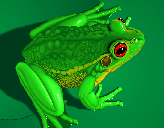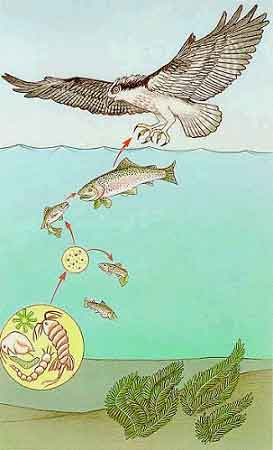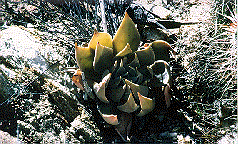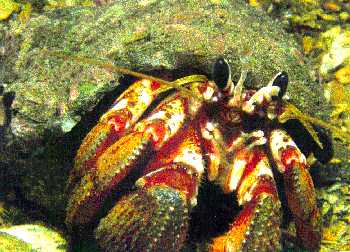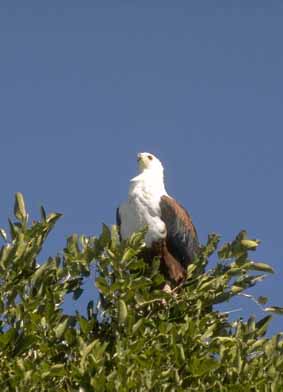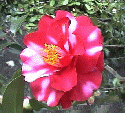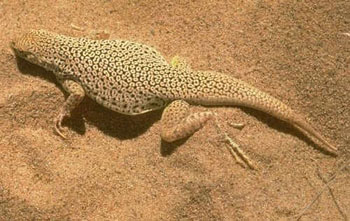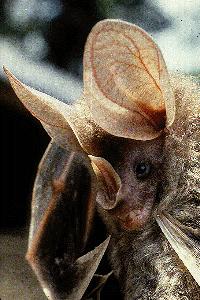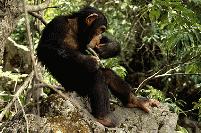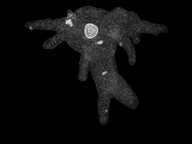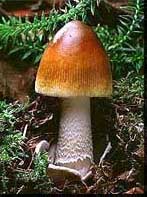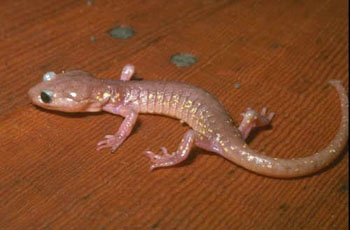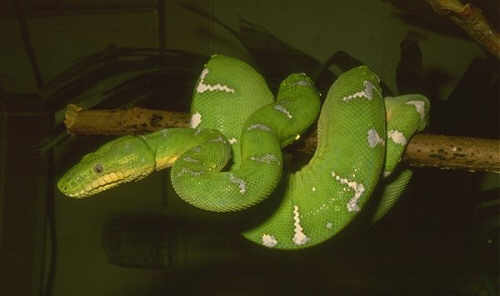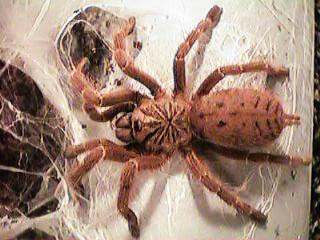|
|
|
|
|
|
Lesson Two: How Organisms Interact Types of Organisms |
|||||||||||||||||||||||||||||
|
|
In this activity you will explore an variety of organisms and organize them according to their method of getting energy (eating). In general, your task is to divide the organisms pictured below into groups based on your best guess as to how they get energy. Before you attempt this please review the information below. Specific instructions for this activity are below the introductory material. Introduction: Every organism has one or two functional roles in the ecosystem depending on whether they are autotrophs ("self-feeders) or heterotrophs ("feed off others"). Plants and other photosynthetic organisms are autotrophs, commonly known as Producers. This is because they use the sun's energy to produce their own food. Consumers, which are all heterotrophs, fall into categories based on their feeding strategies. The main groups consist of herbivores, carnivores and omnivores. Herbivores consume the primary producers, which are mainly plants, and chlorophyll containing bacteria. These are the .vegetarians. of the world. Carnivores eat flesh or meat, which usually means the other consumer species. Omnivores are not specialized and eat both plants and animals. When organisms die what happens to their bodies? Decomposers take care of them. Decomposers are organisms that feed off of dead and decaying matter called detritus. For this reason they are also know as Detritavores. Like the worms, decomposers help to make healthy soil and put nutrients and chemicals into the soils. They play an important role in cycling nutrients such as Carbon, Nitrogen, and Phosphorus back into the environment for producers to use all over again. Trophic Levels A trophic level of an organism is its position in a food chain. Trophic Levels are numbered according to how far particular organisms are along the chain from the primary producers (plants) at level 1, to herbivores (level 2), to predators (level 3), to carnivores or top carnivores (level 4 or 5). In the illustration below the water plants occupy the first trophic level (since they are producers and get their energy directly from the sun), the small macroinvertebrates occupy the second trophic level (they are herbivores and get their energy from eating plants), the small fish (omnivores) occupy the third trophic level, the large fish (carnivore) occupy the fourth trophic level and the eagle (top carnivore) occupies the fifth trophic level.
Instructions for this activity. Examine the photos below and complete the following (you may have to make educated guesses to complete this assignment): A. Write the words DECOMPOSER, PRODUCER, and CONSUMER across the top of a piece of paper. List the names of the organisms in the photographs below their appropriate title (i.e. are they decomposers, producers, or consumers?). B. Next to each of the animals listed under CONSUMER, indicate what type of consumer each is. H for herbivore, O for omnivore, and C for carnivore. C. Next to each organism on your list (except for the decomposers), indicate what trophic level you think the organism would be in. Place a number 1 next to the organisms that occupy the first trophic level, a number 2 next to organisms that occupy the second trophic level, etc.
arctic tern cactus hermit crab bald eagle tropical fish flower lizard shrew bat chimpanzee This is an amoeba. A single-celled organism in the Protist
Kingdom mushroom salamander snake spider tortoise zebra bacteria wolf
|
||||||||||||||||||||||||||||

